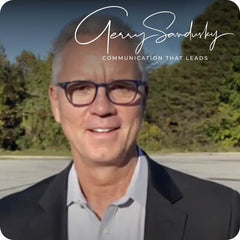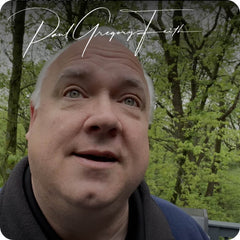Personal email signature templates with clickable links and images
Browse hundreds of designed email signature templates to start with, fit for every profession and industry
Artlogo Email Signature Features
Create and manage the professional email signature
Get the most out of your emails with a professionally designed email signature. Unify your brand and turn your emails into a powerful marketing tool
Looks Great In
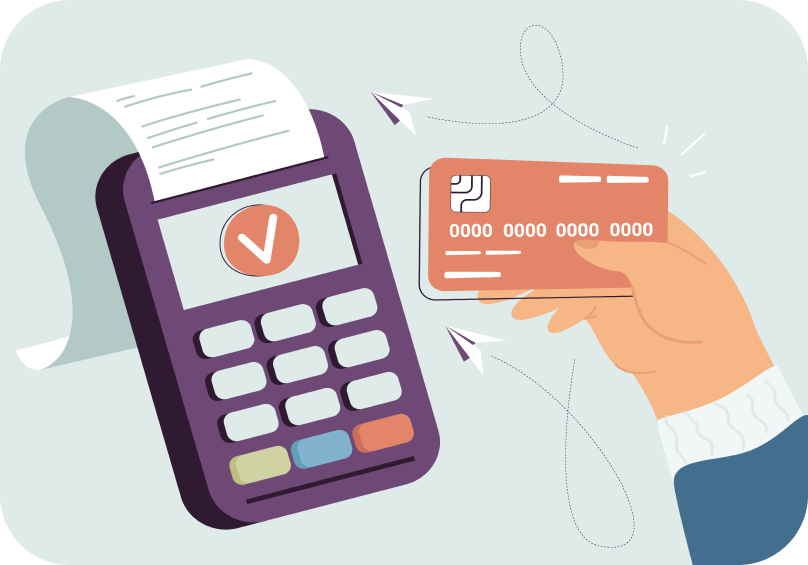
Email Signature Generator Plans & Pricing
Get full access to all templates and features to create professional business emails that stands out.
Create and manage the email signature you need
+28%
More Email Replies
A professional email signature creates trust and personalization. It attracts more replies, thus helping you deepen your insights into your target market.
+12%
Increase in Leads
Putting website and social links to your email signatures increases the number of visitors and the average duration of site visits.
+20%
More Clicks
The general rule is more links give more opportunities for clicks. An email signature is linked to an increase in traffic to the website and social networks because you're making it easier for people to visit. You can even do split testing with different signatures to see which option will work best.
+11%
Increased Social Reach
By using an email signature template, all of your digital real estate will have more im- pact. Icons included in email signatures for various social network raise engagement and followership.
How to make email signature: step by step process
Step 1: Head to the Templates Tab.
Choose from a variety of professional email signature templates. Feel free to browse our examples page to find inspiration for the customized email signature you're going to create.
Step 2: Go to the Details Tab.
Add your professional details and the photo that you want to be associated with your email signature.
Step 3: Use the Images Tab.
Choose and upload a photo or a signature that you want to be associated with your email signature.
Step 4: Click on the Social Tab.
Here, you can add links and social media icons that will help your major email clients learn more about what you offer and what you represent.
Step 5: Use the Design Tab.
This is where the magic happens. Design your very own custom signature to match your brand or your personal style. If you have a company logo for a personal brand, make sure that your output complements it.
Congratulations! You finally have a personal email signature and a complete signature block to go with every email that you send. All that's left to do is connect your new email signature to your email provider. With just one click, your signature will automatically appear in every email you send.
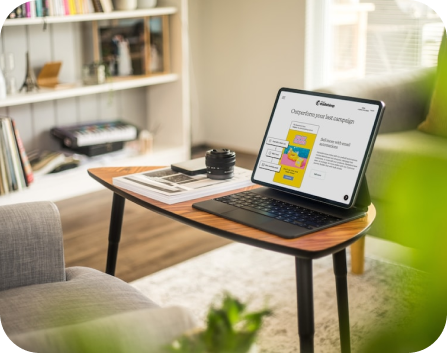
Step 1: Head to the Templates Tab.
Choose from a variety of professional email signature templates. Feel free to browse our examples page to find inspiration for the customized email signature you're going to create.
Step 2: Go to the Details Tab.
Add your professional details and the photo that you want to be associated with your email signature.
Step 3: Use the Images Tab.
Choose and upload a photo or a signature that you want to be associated with your email signature.
Step 4: Click on the Social Tab.
Here, you can add links and social media icons that will help your major email clients learn more about what you offer and what you represent.
Step 5: Use the Design Tab.
This is where the magic happens. Design your very own custom signature to match your brand or your personal style. If you have a company logo for a personal brand, make sure that your output complements it.
Congratulations! You finally have a personal email signature and a complete signature block to go with every email that you send. All that's left to do is connect your new email signature to your email provider. With just one click, your signature will automatically appear in every email you send.
How to use Artlogo Email Signature Generator
Get a multipurpose signature logo to represent you
3000+ Reviews by our Clients
 Artlogo
Artlogo
Every person signs a large number of documents, send thousands of emails or active in social media during their lifetime. Artlogo's mission is to create your eye-catching signature that makes You and Your name unqiue and helps you stand out.





What do our clients say about Artlogo
FAQs
-
Share your contact details easily: An email signature provides a quick and professional way to share your contact information in every email you send.
Professionalism: A well-designed email signature adds a professional touch to your communications, reinforcing your professional brand and making your emails stand out.
Efficiency: Including all necessary contact details in your email signature ensures that recipients can easily find your information, streamlining communication and enhancing your professional image.
Consistent and reliable: Recipients of your email can easily access your contact information directly from your signature without needing additional technology.
-
There are a variety of things you can add to an email signature, but the most essential things to add are the following:
- Name and job title - Let people know who you are and what you do.
- Website - If you have a website with more information about your business, add it.
- Contact information - Whether a phone number or email address, add the best way people can contact you.
Additional, you could add this beneficial information or add-ons:
- Call-to-actions buttons.
- Logo or photo.
- Social media handles.
You can read more about making email signature here - Professional Email Signature: How To Make a Professional Email Signature.
-
No, you don't need any special software. Our email signature templates are user-friendly and can be customized using common email clients, such as Gmail, Outlook, Apple Mail, and more. We provide easy-to-follow instructions for implementing your new signature.
-
Yes, our email signature templates are responsive and work seamlessly on mobile devices. They are designed to adapt to various screen sizes and ensure your signature looks professional and consistent on all devices, from desktop computers to smartphones and tablets.
-
Absolutely. You can create an unlimited number of email signatures tailored to different situations. For example, you might have one signature for clients that includes your direct phone number and another that highlights your email and LinkedIn profile. Many Artlogo users choose to have one email signature with their phone number and another without it, allowing them to share the most appropriate signature for each situation. Users can easily select the suitable signature depending on the context of the interaction (for example, How to add multiple signatures to Gmail).
-
Email us at info@artlogo.co and we will be happy to respond as soon as possible.

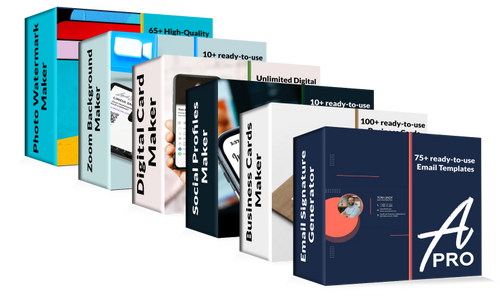
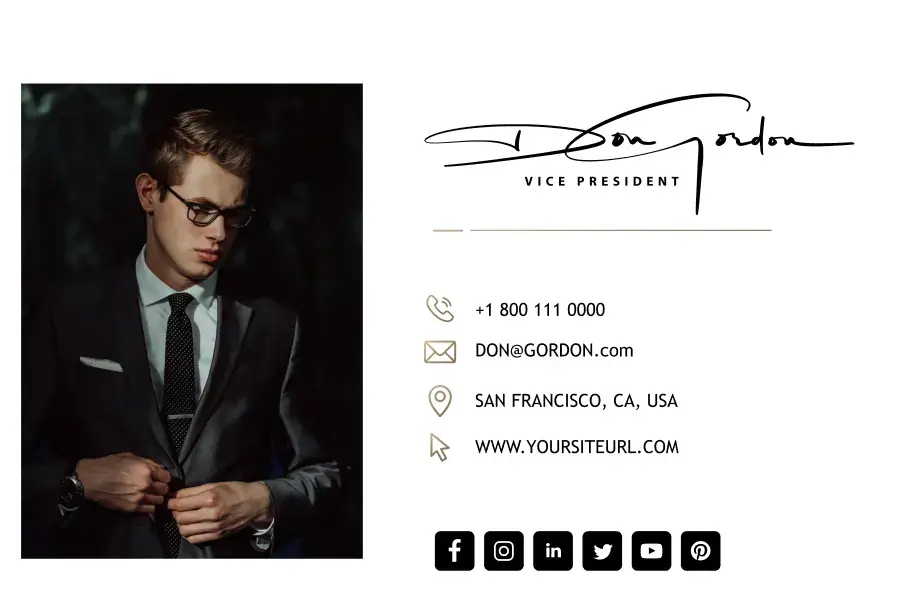





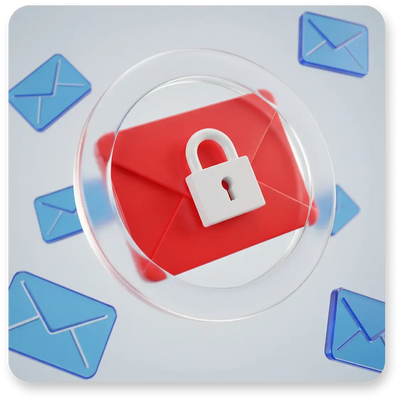
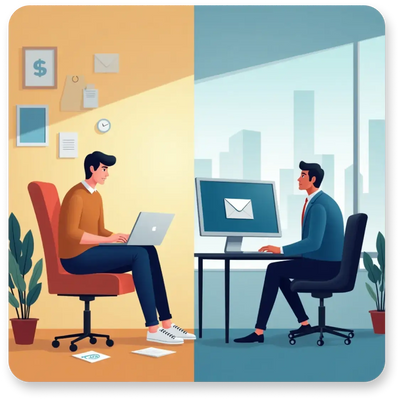
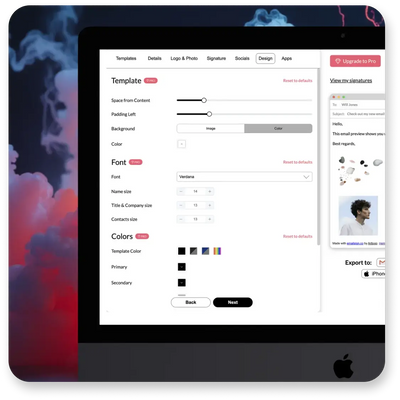
 Mac Mail
Mac Mail



